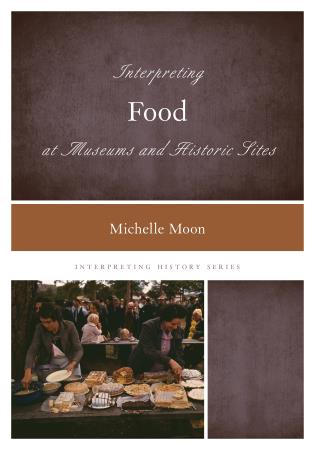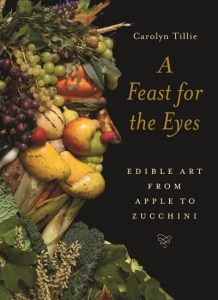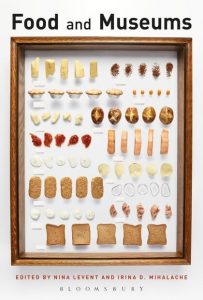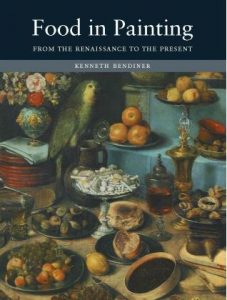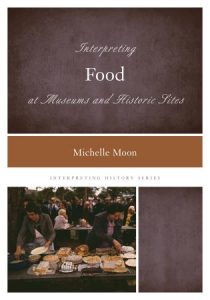by Michelle Moon
From the publisher: Food is such a friendly topic that it’s often thought of as a “hook” for engaging visitors – a familiar way into other topics, or a sensory element to round out a living history interpretation. But it’s more than just a hook – it’s a topic all its own, with its own history and its own uncertain future, deserving of a central place in historic interpretation. With audiences more interested in food than ever before, and new research in food studies bringing interdisciplinary approaches to this complicated but compelling subject, museums and historic sites have an opportunity to draw new audiences and infuse new meaning into their food presentations.
You’ll find a comprehensive, thematic framework of key concepts that will help you contextualize food history interpretations; a concise, evaluative review of the historiography of food interpretation; case studies featuring the expression of these themes in the real world of museum interpretation; and best practices for interpreting food.
Interpreting Food at Museums and Historic Sites offers a framework for understanding the big ideas in food history, suggesting best practices for linking objects, exhibits and demonstrations with the larger story of change in food production and consumption over the past two centuries – a story in which your visitors can see themselves, and explore their own relationships to food. This book can help you develop food interpretation with depth and significance, making relevant connections to contemporary issues and visitor interests.
Michelle Moon oversees adult learning and interpretation at the Peabody Essex Museum (PEM) in Salem, MA, a museum of global art, culture, and history, where she has forged connections between art, culture, ideas and audiences since 2009. She frequently speaks to professional audiences and has presented at the New England Museum Association, the American Association for State and Local History, the Association of Living History Farms and Agricultural Museums, and the National Council for Public History, as well as lecturing to college and graduate audiences on topics in museum interpretation, adult learning and food history.
Rowman & Littlefield, 2015

